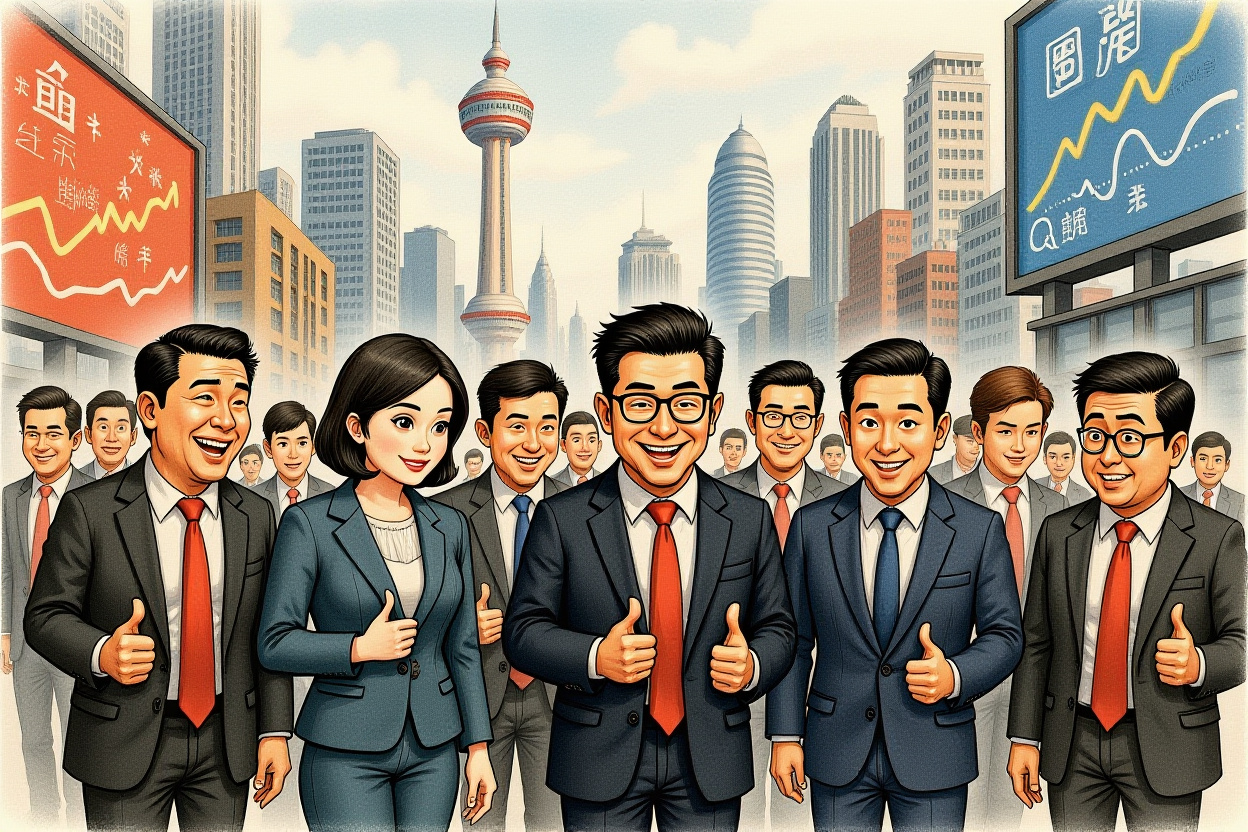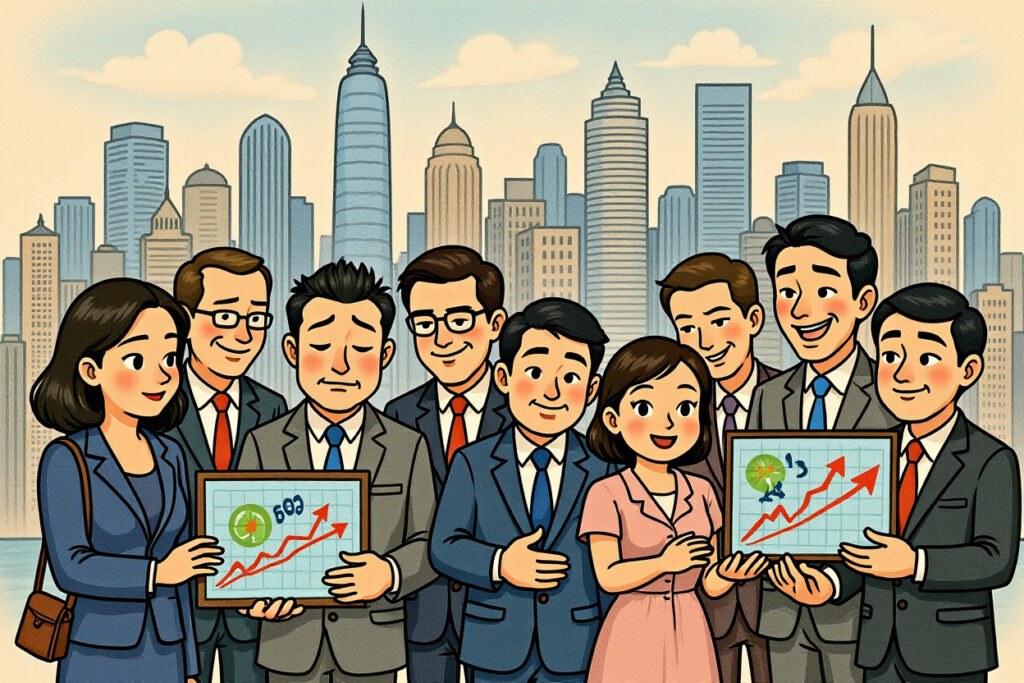Ford Accelerates European Restructuring with New Cologne Plant Layoffs
Ford Motor Company has announced plans to cut 1,000 jobs at its Cologne, Germany plant by early 2026, marking a significant escalation of its European restructuring efforts amid softening electric vehicle demand. This latest workforce reduction specifically impacts vehicle production operations for the first time, signaling deeper challenges in Europe’s transition to electric mobility. The Cologne facility, which currently produces two electric models facing disappointing sales performance, will transition from two production shifts to a single shift operation beginning January 2026.
The American automaker’s European operations have struggled with persistent financial losses, with Ford’s market share in Germany declining to just 3.5% of new vehicle registrations in 2023, down from 5% in 2022. This restructuring represents an expansion of previously announced cuts, as Ford had already targeted 4,000 job reductions across European facilities through 2027. The company has indicated that affected employees will receive voluntary separation packages with relatively generous compensation terms, while those potentially transferred due to department sales will have employment protections.
European EV Market Faces Structural Challenges
Europe’s electric vehicle market is experiencing what industry analysts describe as a perfect storm of challenges. Consumer demand has failed to meet automaker expectations despite substantial government incentives and regulatory pressure toward electrification. Higher inflation, reduced purchasing power, and concerns about charging infrastructure have dampened enthusiasm for EV adoption beyond early adopters and fleet purchasers.
The situation reflects broader headwinds facing the global electric vehicle transition, with particular severity in European markets where:
– Consumer subsidies are being reduced in several key markets
– Energy costs remain elevated compared to pre-pandemic levels
– Charging infrastructure development has failed to keep pace with vehicle sales
– Economic uncertainty is delaying major purchase decisions
Chinese Automakers Intensify Competition in European Markets
While European and American automakers face demand challenges, Chinese manufacturers led by BYD (比亚迪) are aggressively expanding their European presence. Despite EU tariffs implemented in 2023, Chinese electric and hybrid vehicles continue gaining market share through competitive pricing and improving quality. BYD specifically has made significant inroads with affordable electric models and plans to open its first European manufacturing facility in Hungary later this year.
This competitive pressure from Chinese automakers represents a fundamental shift in the global automotive landscape. European manufacturers that previously dominated their home markets now face formidable competition from well-capitalized Chinese companies with substantial government support and advanced battery technology. The European Commission’s anti-subsidy investigation into Chinese electric vehicles underscores the seriousness of this competitive threat.
BYD’s Strategic European Expansion
BYD’s European strategy demonstrates sophisticated market entry tactics that bypass traditional trade barriers. The company’s decision to establish manufacturing operations in Hungary represents a classic tariff-jumping investment that will allow it to circumvent EU import duties while creating local employment. This approach mirrors strategies employed by Japanese and Korean automakers in previous decades but with the added advantage of China’s dominant position in battery production and raw material processing.
The Chinese automaker’s product offensive includes:
– Competitive pricing approximately 20-30% below equivalent European models
– Rapid model refresh cycles and feature enhancements
– Strategic partnerships with European dealers and service providers
– Growing brand recognition through sponsorship and marketing activities
Broader Implications for Global Automotive Employment
Ford’s latest job cuts reflect structural changes rippling through the global automotive industry. The transition from internal combustion engines to electric vehicles requires different manufacturing processes with reduced labor requirements, particularly in powertrain assembly. This technological shift coincides with increased competitive pressure that forces traditional automakers to accelerate cost reduction efforts.
European automotive employment faces particular vulnerability due to:
– Higher labor costs compared to emerging market competitors
– Complex regulatory requirements adding compliance expenses
– Legacy pension and benefit obligations creating fixed cost burdens
– Energy-intensive manufacturing processes becoming increasingly expensive
Investment Implications for Auto Sector Investors
The restructuring announcements from Ford and other traditional automakers highlight the challenging investment landscape in the automotive sector. Investors must navigate between legacy manufacturers struggling with transition costs and new entrants facing scaling challenges. The sector’s capital intensity and long product development cycles create significant risk for misallocated investments during technology transitions.
Key considerations for automotive investors include:
– Monitoring cash flow sustainability during transition periods
– Evaluating management’s ability to execute restructuring plans
– Assessing competitive positioning against Chinese manufacturers
– Understanding regulatory impacts on different market segments
Regulatory Environment and Policy Responses
European policymakers face difficult balancing acts between environmental objectives, employment protection, and competitive fairness. The EU’s combination of stringent emissions regulations and tariffs on Chinese imports reflects attempts to manage these competing priorities. However, these policy measures may create unintended consequences, including higher consumer prices and potential retaliatory measures from trading partners.
The European automotive industry’s challenges have prompted calls for:
– Additional subsidies for EV purchases and charging infrastructure
– Support for battery production and critical mineral sourcing
– Workforce retraining programs for affected automotive employees
– Strategic alliances between European automakers to share development costs
China’s Automotive Policy Framework
China’s automotive industry development benefits from comprehensive government support spanning research funding, production subsidies, and export facilitation. The country’s Belt and Road Initiative has created infrastructure partnerships that support vehicle exports, while domestic policies have fostered the development of national champions like BYD, SAIC (上汽集团), and Geely (吉利). This coordinated approach stands in contrast to the more market-driven development of European and American automotive industries.
Chinese automotive policy includes:
– Direct subsidies for EV manufacturers and consumers
– Preferential access to capital through state-owned banks
– Research institutions focused on battery technology advancement
– Strategic acquisitions of foreign automotive technology and brands
Strategic Outlook for Automotive Manufacturers
The convergence of demand challenges, competitive pressure, and technological transition creates a critical inflection point for global automakers. Companies must balance short-term financial stability with necessary long-term investments in electrification and digitalization. Success will require difficult decisions about product portfolios, manufacturing footprints, and partnership strategies.
Ford’s additional layoffs signal that the industry’s restructuring has entered a more severe phase. Other manufacturers will likely announce similar workforce reductions as they adjust production capacity to match demand realities. The coming year may see increased consolidation through mergers, acquisitions, and strategic partnerships as companies seek scale advantages and cost reductions.
Investment Recommendations for Market Participants
Market volatility creates both risks and opportunities for investors with differentiated perspectives on the automotive transition. Traditional valuation metrics may prove less reliable during this period of structural change, requiring deeper analysis of technological capabilities and strategic positioning. Investors should focus on companies with:
– Strong balance sheets to weather extended transition periods
– Proprietary technology advantages in batteries or software
– Flexible manufacturing approaches that can adjust to demand changes
– Strategic partnerships that provide access to new markets or technologies
Navigating the EV Transition’s Turbulent Phase
The automotive industry’s transformation continues accelerating, with Ford’s expanded layoffs representing another data point in this global restructuring. While electric vehicle adoption continues growing, the pace has slowed from earlier projections, creating difficult adjustments throughout supply chains. Chinese manufacturers have emerged as formidable competitors through combination of technological advancement, cost advantages, and strategic government support.
Investors and industry participants should prepare for continued volatility as the industry rebalances production capacity with demand reality. Companies that successfully navigate this transition will likely emerge stronger, but the path will include further workforce adjustments, portfolio rationalization, and strategic realignment. The coming months will prove critical for determining which manufacturers position themselves for long-term success in the evolving automotive landscape.
Market participants should closely monitor monthly sales data, manufacturer guidance updates, and policy developments across major markets. The interaction between consumer demand, competitive dynamics, and regulatory frameworks will determine the pace and shape of the industry’s evolution through this challenging period.




